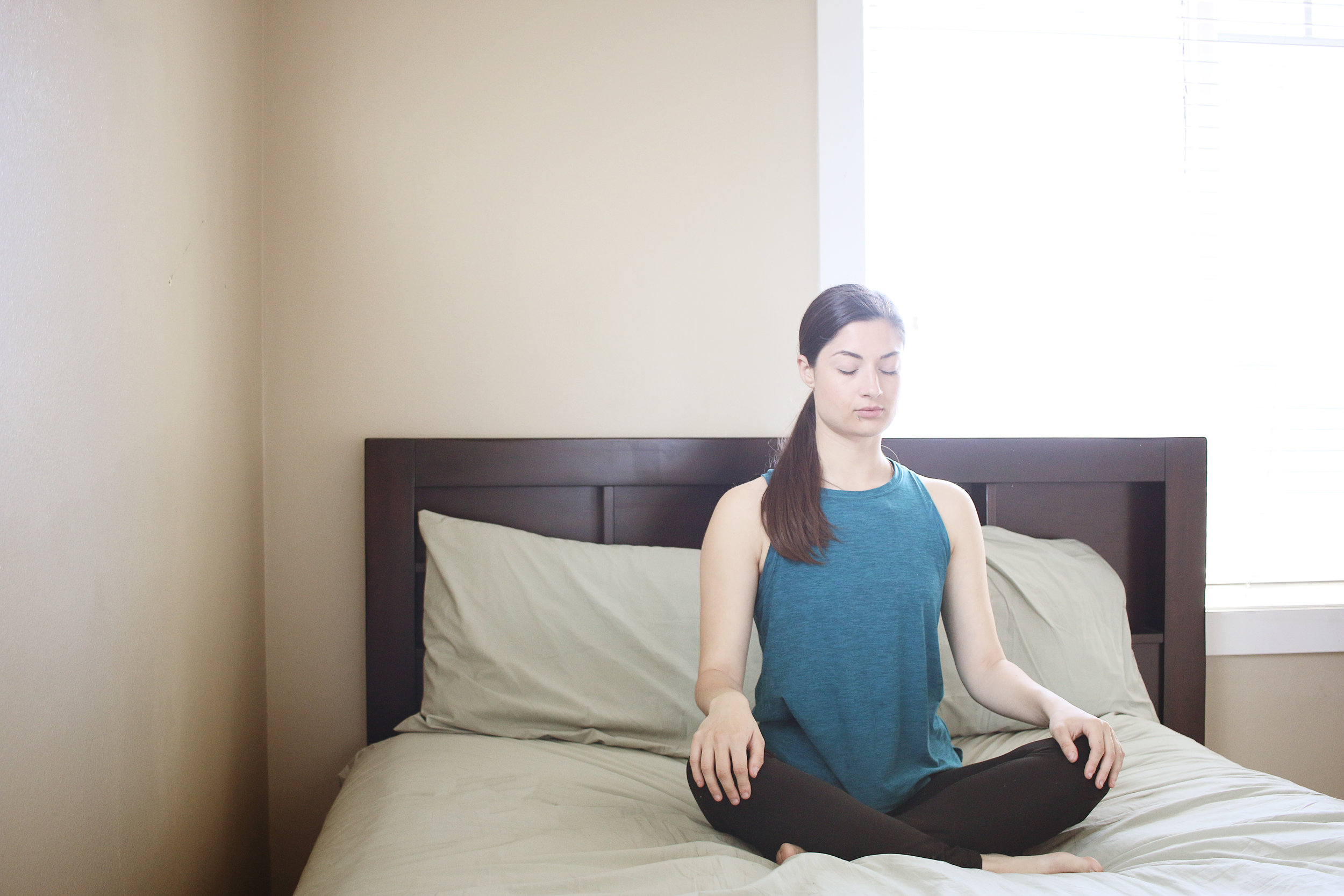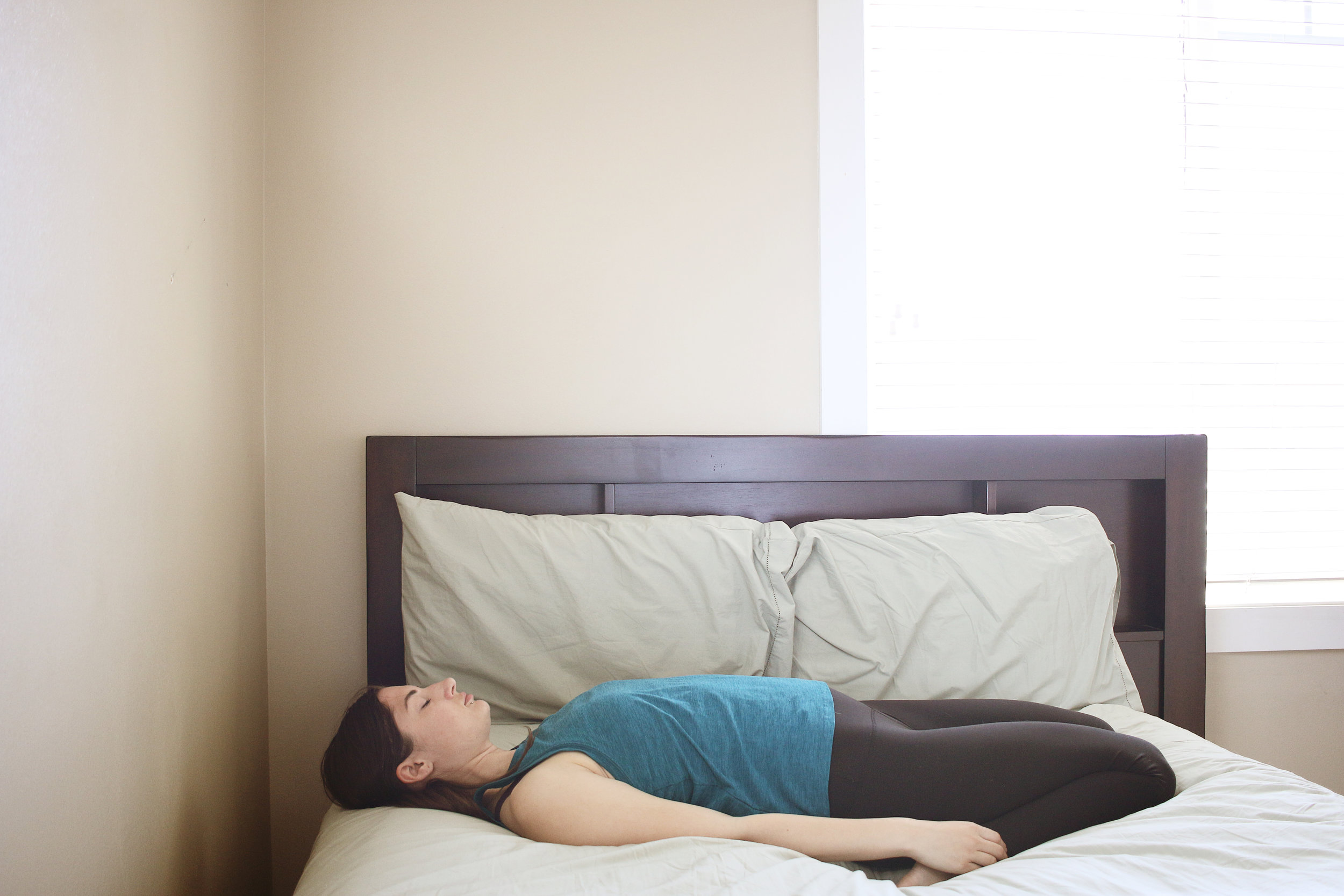Unlocking Inner Awareness Through Gentle Stimulation
The third eye, or Ajna chakra, is often associated with intuition, inner wisdom, and spiritual insight. While meditation and mindfulness practices can help activate this energy center, third eye massage is an effective yet often overlooked technique for enhancing mental clarity and relaxation. This holistic practice combines acupressure, essential oils, and gentle stimulation to promote deeper awareness and stress relief.
Activating the third eye is thought to enhance one's spiritual perception and awareness. Practices for third eye activation vary across different spiritual traditions and may include meditation, visualization, chanting, and specific breathing exercises. Some people believe that opening the third eye can lead to a heightened sense of intuition, greater spiritual awareness, and a deeper connection to the divine.
Symbolism & Meaning
Color: Indigo
Element: Light
Mantra: "Om"
Governs: Perception, intuition, imagination, inner vision, and psychic abilities
Signs of a Balanced Third Eye Chakra
Strong intuition and gut feelings
Clear decision-making abilities
Increased spiritual awareness
Enhanced creativity and imagination
Signs of an Imbalanced Third Eye Chakra
Underactive: Lack of direction, poor intuition, difficulty making decisions
Overactive: Overthinking, hallucinations, paranoia, or being disconnected from reality
What is Third Eye Massage?
Third eye massage is a simple yet powerful technique that involves applying gentle pressure to the forehead, specifically between the eyebrows, where the third eye chakra is believed to reside. By stimulating this area, you may experience heightened focus, relaxation, and even deeper spiritual awareness. This practice is often incorporated into holistic healing therapies such as Ayurveda, Reiki, and reflexology.
Benefits of Third Eye Massage
Enhances Mental Clarity: Gentle pressure on the third eye region may help reduce mental fog and improve focus.
Relieves Stress & Anxiety: The soothing motions of the massage can stimulate the parasympathetic nervous system, promoting relaxation.
Supports Intuition & Awareness: Many believe that activating the third eye can enhance intuition and insight.
Aids in Headache Relief: Massaging the forehead can relieve tension headaches and sinus pressure.
Promotes Better Sleep: A relaxing third eye massage before bedtime may help calm the mind and encourage restful sleep.
How to Perform a Third Eye Massage
Follow these simple steps to perform a third eye massage:
Find a Quiet Space: Sit or lie down in a comfortable position, free from distractions.
Relax and Breathe: Take a few deep breaths to center yourself and calm your mind.
Apply Light Pressure: Using your fingertips or thumbs, gently press the area between your eyebrows in a circular motion.
Use Essential Oils: Applying a drop of lavender or frankincense oil can enhance the relaxation benefits.
Focus on the Sensation: Close your eyes and focus on the warmth and energy in the area.
Repeat for 2-5 Minutes: Perform the massage for a few minutes, allowing yourself to fully relax.
Best Practices & Additional Tips
Perform the massage daily for optimal benefits.
Combine the practice with meditation or breathwork for deeper relaxation.
If using essential oils, dilute them with a carrier oil to avoid skin irritation.
Avoid excessive pressure—gentle, mindful movements are most effective.
Final Thoughts
Third eye massage is a simple yet powerful technique to enhance relaxation, intuition, and overall well-being. Whether you're seeking mental clarity, stress relief, or a deeper connection with your inner self, this practice is a great addition to your self-care routine.
For more holistic wellness tips, be sure to explore the blog and subscribe for updates!








